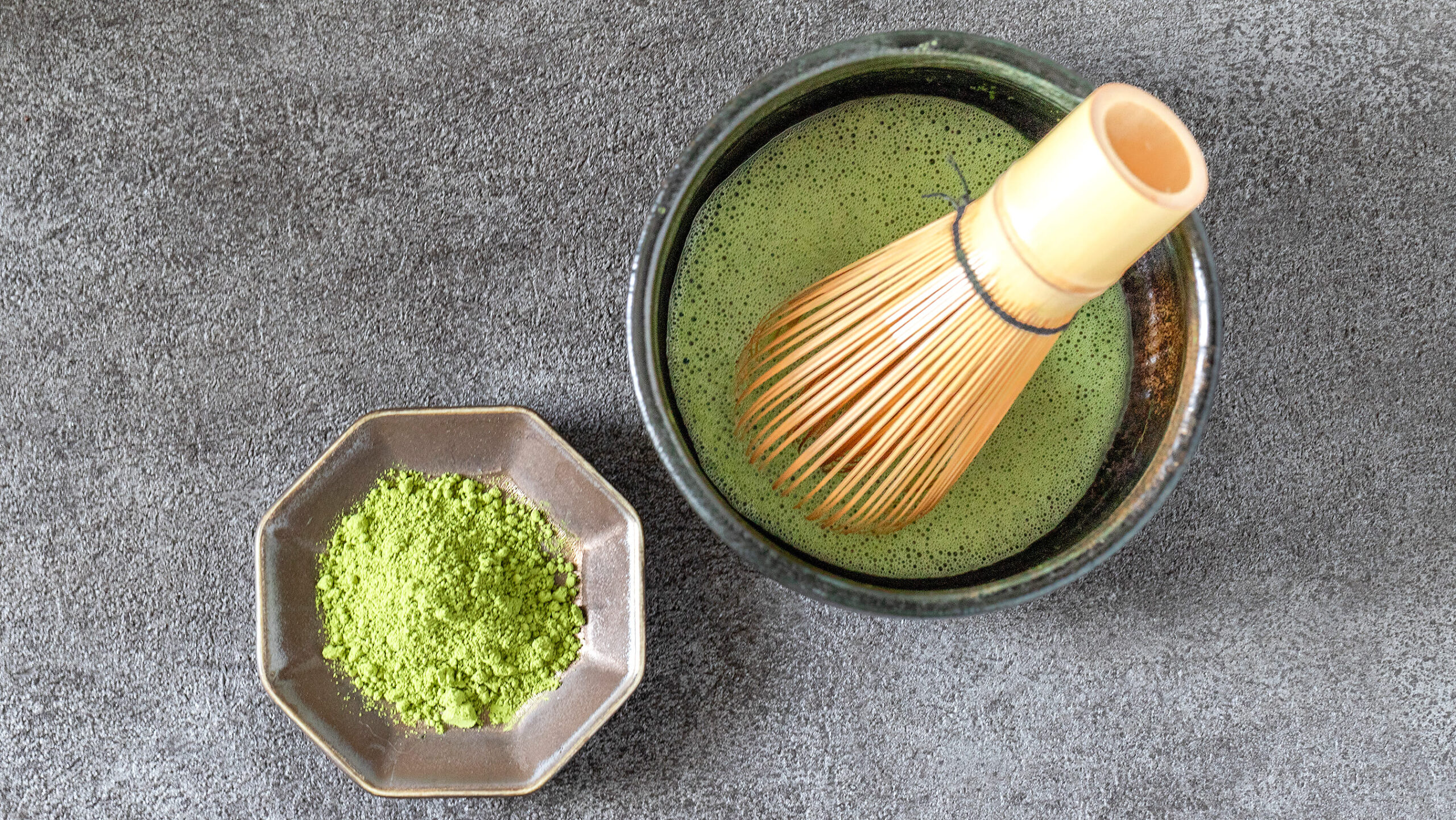


Let’s explore Matcha, a unique type of Japanese green tea. Unlike regular tea, Matcha has a rich history and a special preparation process. Known for its vivid green color, it has gained popularity all over the world, not just in Japan. We’ll delve into what makes Matcha fascinating, including its production process and its widespread use in various food and drinks.
Matcha, a finely ground powder made from specially grown and processed green tea leaves, originated in China but became deeply rooted in Japan centuries ago. Historically, it was a special drink in traditional Japanese tea ceremonies. Today, the use of Matcha has diversified, reflecting contemporary tastes and preferences. Unlike regular green tea, which involves steeping leaves, Matcha is consumed as a whole leaf in powdered form, providing a stronger and more immersive experience.
Matcha production starts with shading the tea plants for over 20 days before harvesting to enhance their green color and flavor. After this shading period, the tea leaves are hand-picked with great care. The leaves are then quickly steamed to stop oxidation, preserving their vibrant color and aroma. Following steaming, the leaves are rapidly cooled to maintain quality.
Next, the leaves are dried in a special drying machine. This process involves both rapid and gradual drying stages, which help develop Matcha’s unique aroma and flavor. After drying, the leaves are separated from the stems and veins, which are still moist. The leaves and stems undergo a final drying process to remove any remaining moisture.
Finally, the dried leaves are ground into a fine, bright green powder by means such as a stone mill. This powder is what we know as Matcha, used both in traditional Japanese tea ceremonies and as a versatile ingredient in modern cuisine.

Matcha powder
Matcha is celebrated not only for its taste but also for its health benefits. It’s rich in antioxidants, particularly catechins like EGCG, which are known for their cancer-fighting properties. Matcha also contains L-theanine, an amino acid that promotes relaxation without drowsiness – a reason why it’s been a favorite among monks for centuries for meditation.
The culinary versatility of matcha is truly remarkable, and its popularity has led to an abundance of matcha-flavored products around the world, not just in Japan. Its powdered form allows for seamless integration into a diverse array of dishes and beverages. The distinct flavor and striking green color of matcha enhance everything from lattes and smoothies to cakes and savory dishes, making it a versatile and globally recognized ingredient in various culinary creations.

Matcha Latte
Embracing matcha is to embrace a piece of Japanese heritage. Its rich history, health benefits, and culinary versatility make it a unique and cherished part of the tea world. At Kametani, we are honored to share this tradition with you through our selection of high-quality matcha. Discover the taste, tradition, and tranquility of matcha with us.